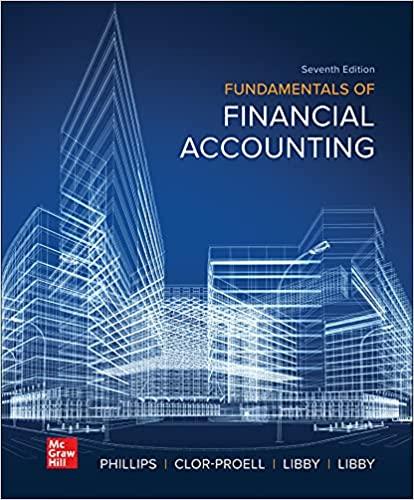Question
2. G and L form a limited partnership. G, the general partner, contributes $10,000 and L, the limited partner, contributes $90,000. The partnership purchases a
2.G and L form a limited partnership. G, the general partner, contributes $10,000 and L, the limited partner, contributes $90,000. The partnership purchases a building on leased land, paying $100,000 cash and borrowing $900,000 on a nonrecourse basis from a commercial lender, securing the loan with a mortgage on the building. The terms of the loan require the payment of market rate interest and no principal for the first ten years. Assume for convenience that the building is depreciable at the rate of $50,000 per year for twenty years, and that other partnership income equals expenses for the years in question. The partnership agreement contains a qualified income offset, and G is required to make up any capital account deficit. Except as otherwise required by a minimum gain chargeback provision, the agreement allocates profit and loss 90% to L and 10% to G until such time as the partnership recognizes items of income and gain that exceed the items of deduction and loss that is has recognized over its life. Subsequent partnership income and losses are allocated equally between G and L. Assume that it is reasonably anticipated that the equal allocation will begin after ten years. The partnership agreement states that G and L each has a 50% interest in partnership profits for purposes of752.
(a)How is the $900,000 liability allocated in year one?
(b)How will the liability be allocated at the end of year three?
(c)How will the liability be allocated at the end of years one and three if excess nonrecourse liabilities are allocated in a ratio of 90% to L and 10% to G?
(d)What result in (a), above, if the debt is guaranteed by G, who has no right to reimbursement from the partnership? Does the result change if G has a right to reimbursement from the partnership? What if G has a gross assets of only $6,000?
(e)What result in (a), above, if the debt is guaranteed by L, and L has a right to reimbursement from the partnership?
(f)What result in (a), above, if G is the lender?
Step by Step Solution
There are 3 Steps involved in it
Step: 1

Get Instant Access to Expert-Tailored Solutions
See step-by-step solutions with expert insights and AI powered tools for academic success
Step: 2

Step: 3

Ace Your Homework with AI
Get the answers you need in no time with our AI-driven, step-by-step assistance
Get Started


